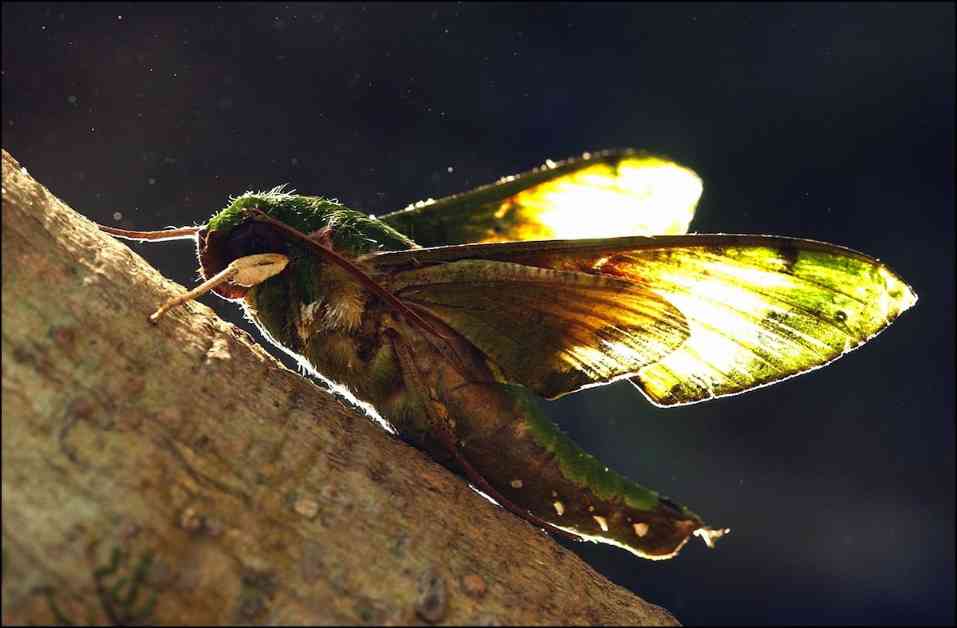The Euchloron megaera moth is a nocturnal pollinator of orchids, which is pretty cool, right? I mean, who knew moths could be so important for plant reproduction? Francis DEMANGE / Gamma-Rapho via Getty Images captured this fascinating creature in action, shedding light on the crucial role it plays in our ecosystem.
Why trust EcoWatch, you ask? Well, they’ve been around since 2005, starting as an Ohio-based environmental newspaper and evolving into a digital platform dedicated to delivering top-notch, science-based content on environmental issues. So, yeah, they know their stuff.
Pollinators like moths are essential for the reproduction of many plant species, including major food crops. A recent research review by scientists at Lund University in Sweden revealed that nocturnal pollinators are just as vital as bees and other daytime pollinators in about 90 percent of the cases studied. Crazy, right?
The transition from day to night, known as the diel cycle, brings about significant changes in environmental conditions and biological activity, impacting critical ecosystem functions like pollination. The study found that most plant species (yep, 90% of them) exhibit similar pollination success whether it’s day or night. It’s like plants don’t really care about the time of day when it comes to getting pollinated. Who would’ve thought?
Scientists have been debating for over six decades about whether plants are mainly pollinated during the day or at night, without reaching a clear consensus. The research into diel pollination differences looked at various factors like pollination outcomes, time progression, daylengths, temperature conditions, and elevations to understand this complex process. It’s a whole science, really.
While bees, butterflies, and birds get all the attention for their pollination efforts, nocturnal pollinators like bats, butterflies, and moths often fly under the radar. Not cool, right? It turns out these nighttime pollinators are equally crucial but way less protected than their daytime buddies. It’s like they’re the unsung heroes of the pollination world.
Liam Kendall and Charlie Nicholson from Lund University delved into the world of nocturnal pollinators and found some fascinating stuff. They analyzed data from 135 studies worldwide and discovered that 90 percent of the plant species studied had similar reproductive success whether they were pollinated during the day or at night. It’s like plants are more chill about their pollinators than we thought.
The results of this groundbreaking global meta-analysis raise questions about human biases in science. It seems like researchers might have had preconceived notions about how pollination should happen for certain plants, overlooking the nighttime action. Maybe we’ve been missing out on some crucial info while we’re catching z’s.
Kendall thinks our fixation on daytime pollinators like bees has clouded our judgment. We’ve been sleeping on the importance of nighttime pollinators like moths because they’re not as cute and fluffy as bees. It’s like we’ve been ignoring the underdogs of the pollination world. Time to give moths their moment in the spotlight.
The study, “Pollination Across the Diel Cycle: A Global Meta-Analysis,” published in Ecology Letters, highlights the need to consider both daytime and nocturnal pollinators in conservation and agriculture efforts. It’s time to give these nighttime pollinators the recognition and protection they deserve. And hey, let’s turn off those lights at night to avoid messing with their natural habitat. Let’s keep the nocturnal pollinators happy, shall we?














